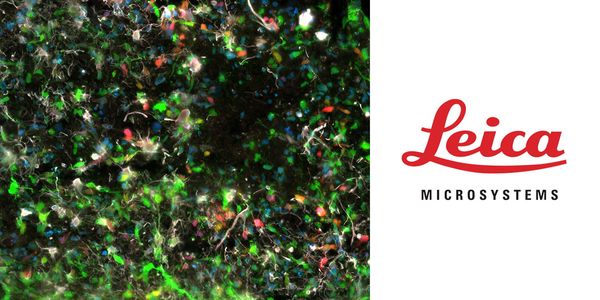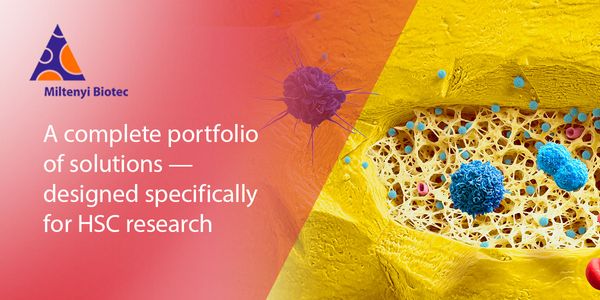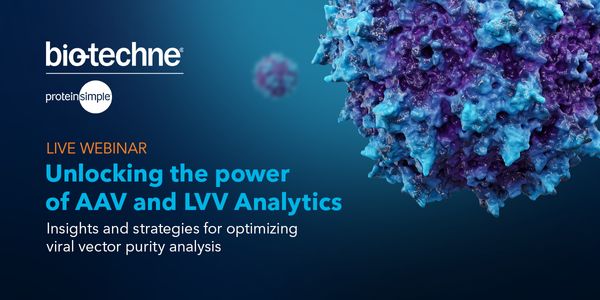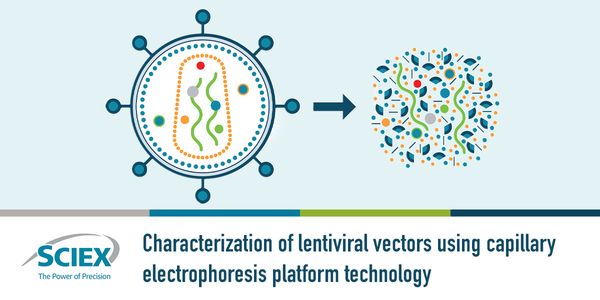AUG 30, 2022 | 1:00 AM
Date: August 30, 2022 Time: 10:00am (CEST), 1:00am (PDT), 4:00am (EDT) Problem When it’s time for researchers to pick a protein or formulation, the best ones need to sweat it out at el...
MAY 24, 2022 | 9:00 AM
Date: May 24, 2022 Time: 9:00am (PDT), 12:00pm (EDT), 6:00pm (CEST) Recent breakthroughs in autologous cellular therapies have generated tremendous excitement for the industry; however, thes...
APR 20, 2022 | 11:00 AM
Date: April 20, 2022 Time: 11:00am (PDT), 2:00pm (EDT), 8:00pm (CEST) As novel therapeutic modalities progress through development, improved analytical techniques are required to overcome co...
Viral Vector gene therapy has been the focus of intense research driven by the safety profile and several clinical breakthroughs. As of March 2022, there are two viral vector gene therapies...
DEC 08, 2021 | 7:00 AM
Date: December 08, 2021 Time: 7:00am (PDT), 10:00am (EDT) Successful bioprocessing is complex and depends on many factors. From the selection of the expression host, media composition, the p...
DEC 02, 2021 | 9:00 AM
Date: December 2, 2021 Time: 9:00am (PST), 12:00am (EST) To really see what’s going on with your AAV’s capsid, you’ve got to keep an eye out for aggregation, protein unfold...
























